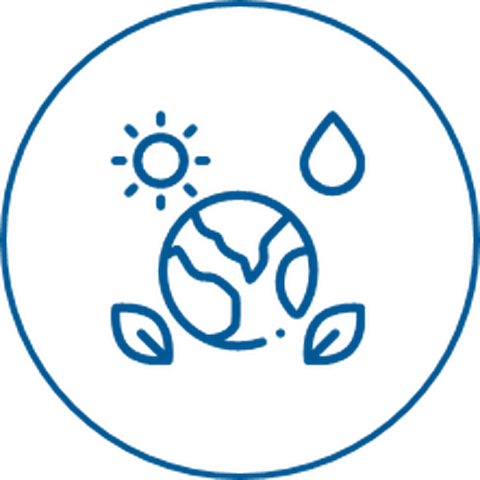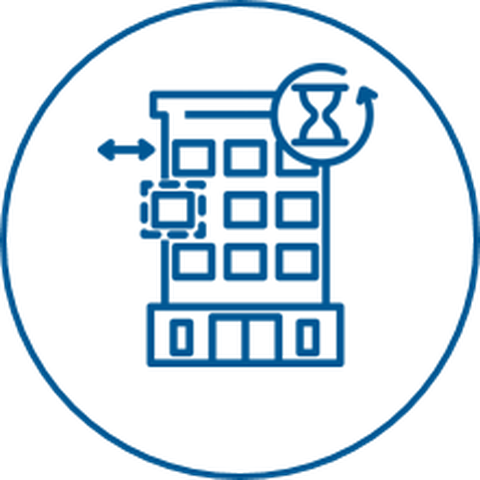CARE - Vision and Goals
The construction industry is one of the most resource- and energy-intensive sectors in the world, associated with considerable environmental impacts in the form of waste and emissions as well as challenges such as comparatively low productivity and demanding working conditions. The Cluster of Excellence CARE aims to fundamentally transform key areas of the construction industry through the development and integration of innovative materials, pioneering design approaches and advanced manufacturing technologies.
The focus is on the application of digital technologies and the establishment of sustainable framework conditions in order to develop scalable, cost-efficient and climate-resilient construction concepts. These should be adaptable and usable worldwide in order to meet the global requirements for an environmentally friendly and efficient construction industry.
To realise this vision, the CARE team is striving to achieve the following goals.
O1: Achieving Climate Neutrality
CARE will develop and implement climate-friendly, recyclable, mineral-based composites to replace Portland cement concrete, thereby addressing the urgent need for net-zero greenhouse gas emissions in the construction sector. These materials, suitable for mass production, will be seamlessly integrated with innovative design and manufacturing approaches to ensure scalability and economic viability for both new constructions and retrofitting projects.
O2: Enhancing Resource Efficiency
CARE's main aim is to pioneer solutions for resource-efficient use of raw materials, energy, and water. We focus on minimizing material use, designing for circularity, and implementing predictive lifetime management across both new and existing structures. By leveraging secondary material streams from various industries and reusing construction materials and structural elements, as well as exploring energy-saving construction processes, CARE aims to reduce waste by up to 70%.
O3: Increasing Productivity
CARE will revolutionize the construction industry by developing advanced computational methods and integrated digital workflows that enhance data connectivity from planning to execution phases. Digitization and integration of automated fabrication techniques and robotic on-site assembly is projected to double productivity and construction speed, while simultaneously reducing costs.
O4: Improving Working Conditions
CARE pursues the enhancement of safety and the creation of more attractive working conditions by reducing physical strain and eliminating heavy manual labor. By integrating advanced technologies and inclusive practices, CARE seeks to make on-site construction accessible to women, people with physical disabilities, and older individuals, thereby diversifying and strengthening the workforce. In addition, CARE is committed to minimizing the environmental impact of construction activities, including noise and dust emissions, construction duration, and land use, thereby improving the living conditions of affected communities.
O5: Boosting Resilience and Adaptivity
CARE will focus on developing robust and ductile materials, alongside adaptive and environmentally friendly design strategies, to enhance the resilience of structures against the consequences of climate change. This includes strengthening existing buildings and facilitating simple and resource-efficient repairs through modular replacements. Such innovations will not only considerably extend the life span of structures but also enhance their adaptability to environmental stresses, ensuring sustainability in the face of evolving climate conditions.





